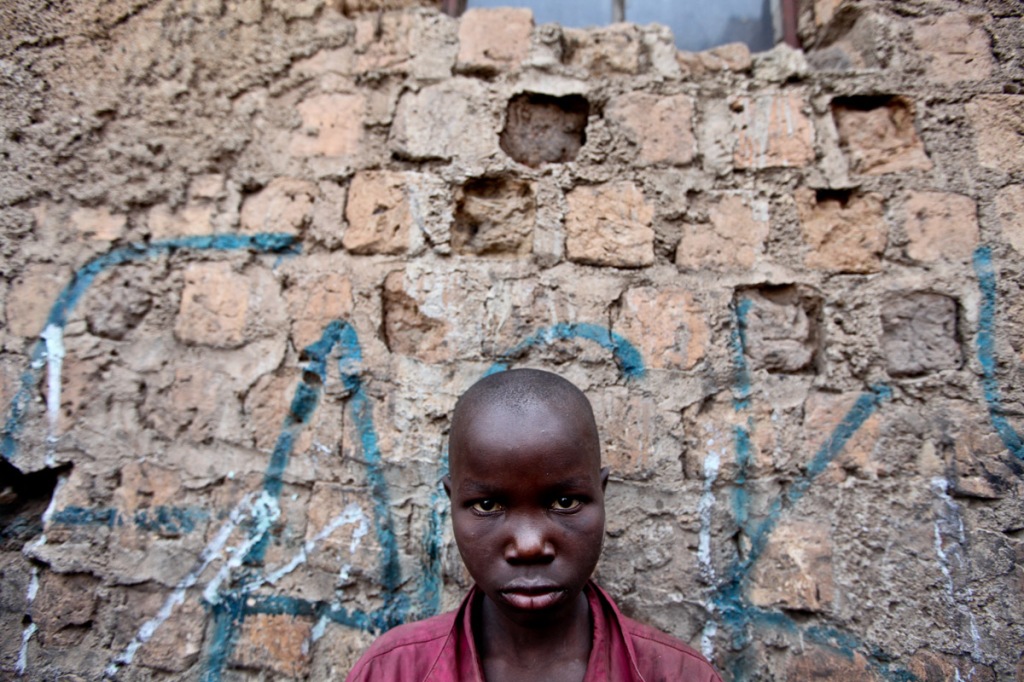A Swedish friend has often been perplexed at destitute Africans. One who takes breakfast, lunch, showering, clothes, supper, a snack to be luxury. “The majority never stop smiling and are always friendly yet you can find few of them are not sure of their next meal!”
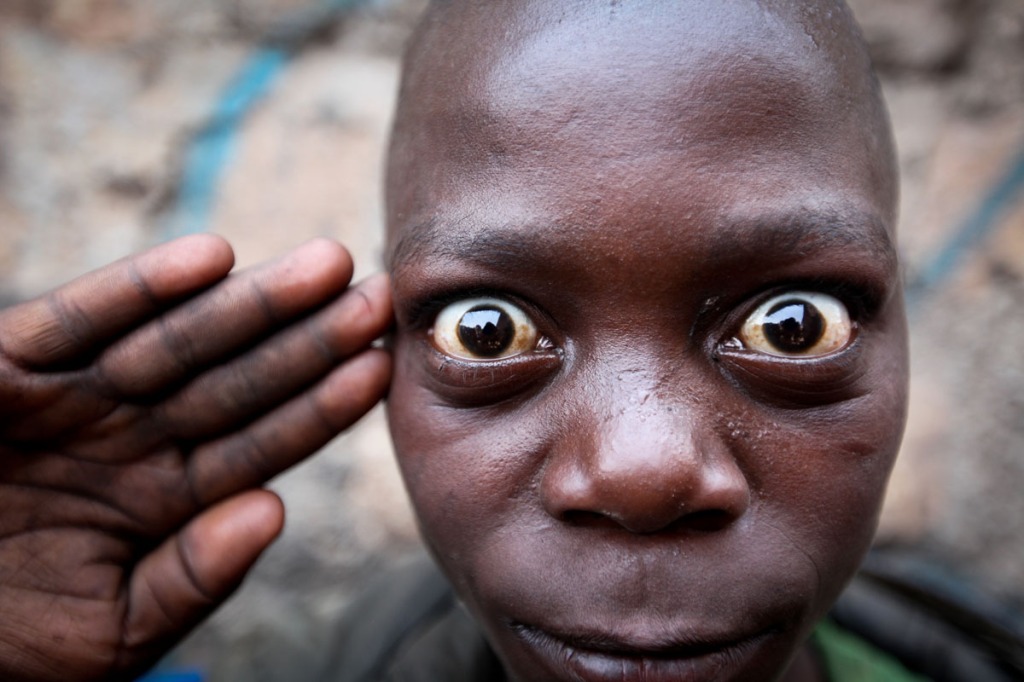
The ability to afford a gracious face amidst an uncertain future maybe is the reason many of such people have lived longer than predicted.
Last week, on the invitation of Andy Kristian, a professional photographer, i, together with other good will volunteer and bloggers tweeps headed out to Kisenyi slum to interact, talk, shoot pictures and generally give the much need love most of these boys and girls have not had all their lives.
 Before we get a head of ourselves, let me define a slum: Heavily populated area often characterised with substandard housing with extreme poverty.
Before we get a head of ourselves, let me define a slum: Heavily populated area often characterised with substandard housing with extreme poverty.
As UN-Habitat would explain further; slums are not just a manifestation of a population explosion and demographic change, or even vast impersonal forces of globalization, but slums must be seen as a result of the failure of housing policies, laws and delivery of national urban policies. 
 A personal candid description of Kisenyi slum would be an an area you don’t want to go to; day or night. Its filthy, dusty, risky, muddy, with an unbearable stench. Like most slums, Kisenyi lacks infrastructure and social services.
A personal candid description of Kisenyi slum would be an an area you don’t want to go to; day or night. Its filthy, dusty, risky, muddy, with an unbearable stench. Like most slums, Kisenyi lacks infrastructure and social services.
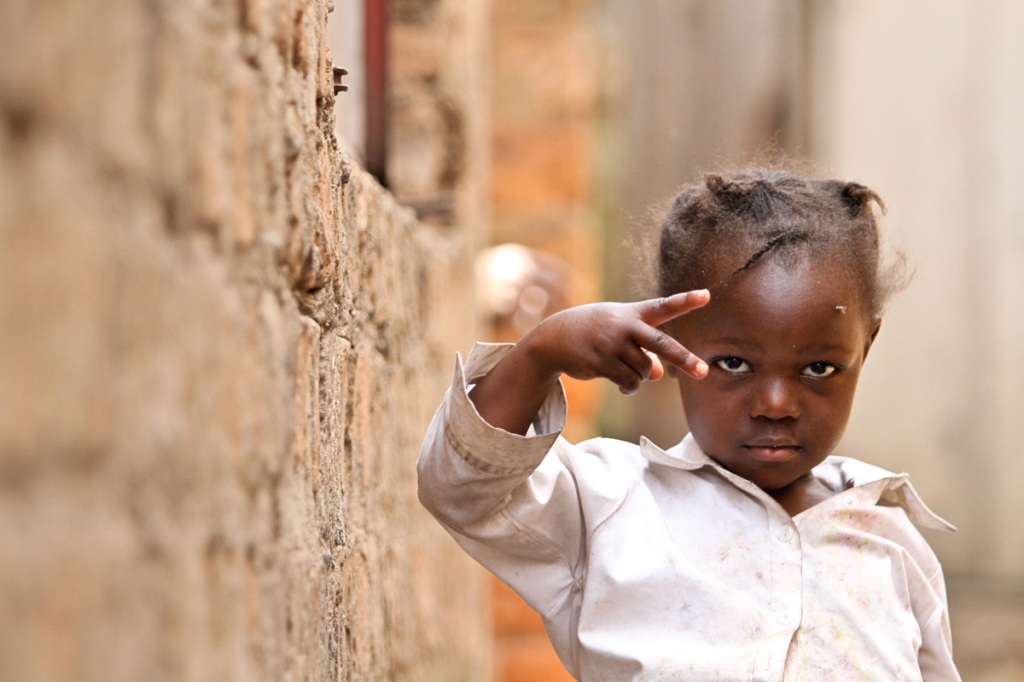 “Everybody seems to be high on drugs here,” a colleague said as we made our way through the sharks that dominate the Kisenyi topography.
“Everybody seems to be high on drugs here,” a colleague said as we made our way through the sharks that dominate the Kisenyi topography.
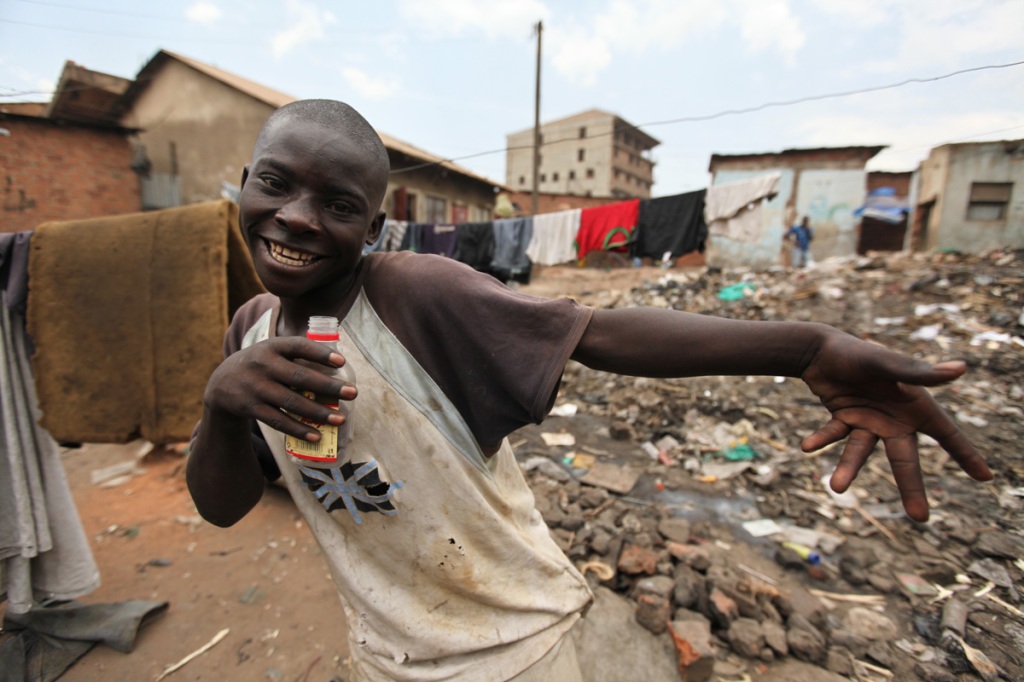
 Uganda’s urban population is estimated at 5 million people (2009) of which 60% live in slums; The East African country is looking to uplift the lives of at least one million people per year according to the National Slum Upgrading Strategy and Action Plan (NSUUAP).
Uganda’s urban population is estimated at 5 million people (2009) of which 60% live in slums; The East African country is looking to uplift the lives of at least one million people per year according to the National Slum Upgrading Strategy and Action Plan (NSUUAP).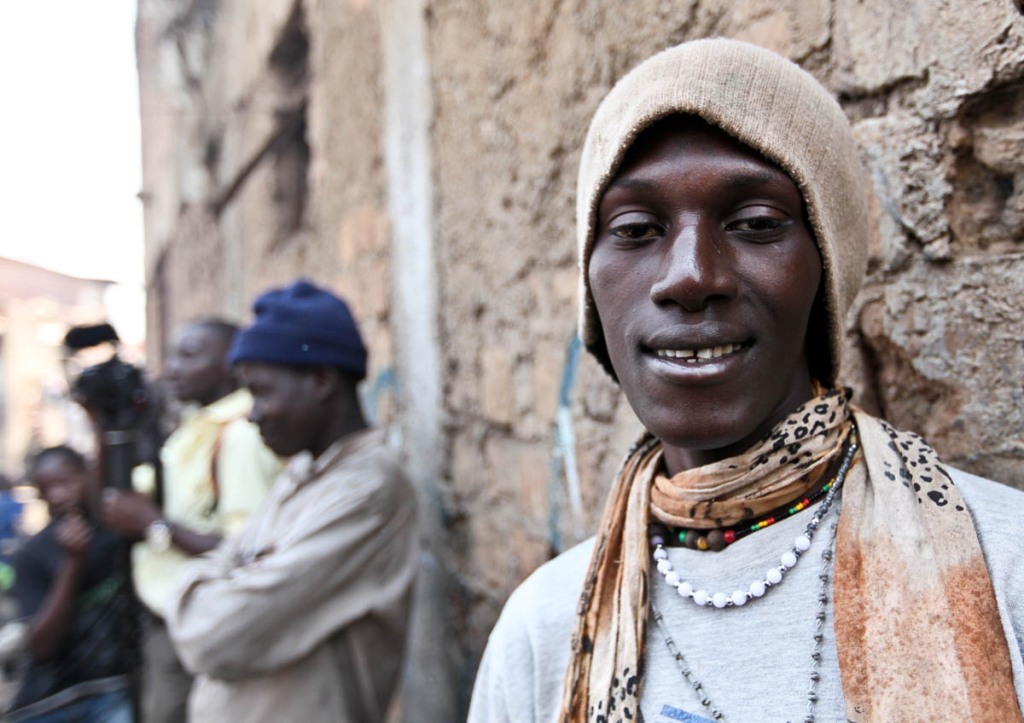
 Well implemented, it would benefit most of the people here who are unemployed. Their source of livelihood is derived from doing petty jobs, handouts, theft and occasional goodwill visits from NGO’s.
Well implemented, it would benefit most of the people here who are unemployed. Their source of livelihood is derived from doing petty jobs, handouts, theft and occasional goodwill visits from NGO’s.
 NSUUAP further states that Uganda’s slums face complexity of land tenure systems in urban areas in which more than 50% of Uganda’s urban population live in informal unplanned settlements on land owned by other people or the government.
NSUUAP further states that Uganda’s slums face complexity of land tenure systems in urban areas in which more than 50% of Uganda’s urban population live in informal unplanned settlements on land owned by other people or the government.
 As we jumped the ditches to set up ourselves right in the middle of the slum, we by-passed smokers, drunkards and fuel sniffing underage kids.For a faint hearted, Kisenyi slum is a no go zone.
As we jumped the ditches to set up ourselves right in the middle of the slum, we by-passed smokers, drunkards and fuel sniffing underage kids.For a faint hearted, Kisenyi slum is a no go zone.
 The bigger picture was to shoot portraits of these slum dwellers, print and give them back at no charge. At the end of the day, we hoped, these people would appreciate who they really are and most importantly identify with themselves.
The bigger picture was to shoot portraits of these slum dwellers, print and give them back at no charge. At the end of the day, we hoped, these people would appreciate who they really are and most importantly identify with themselves.

We met all characters throughout the four hour stint. From children, adults,”superman” to insanely drunk men and women.But we were not there to identify and document their weaknesses but rather document their positive selves. The smiles we gathered was humbling. The reception we got was exceptional.

